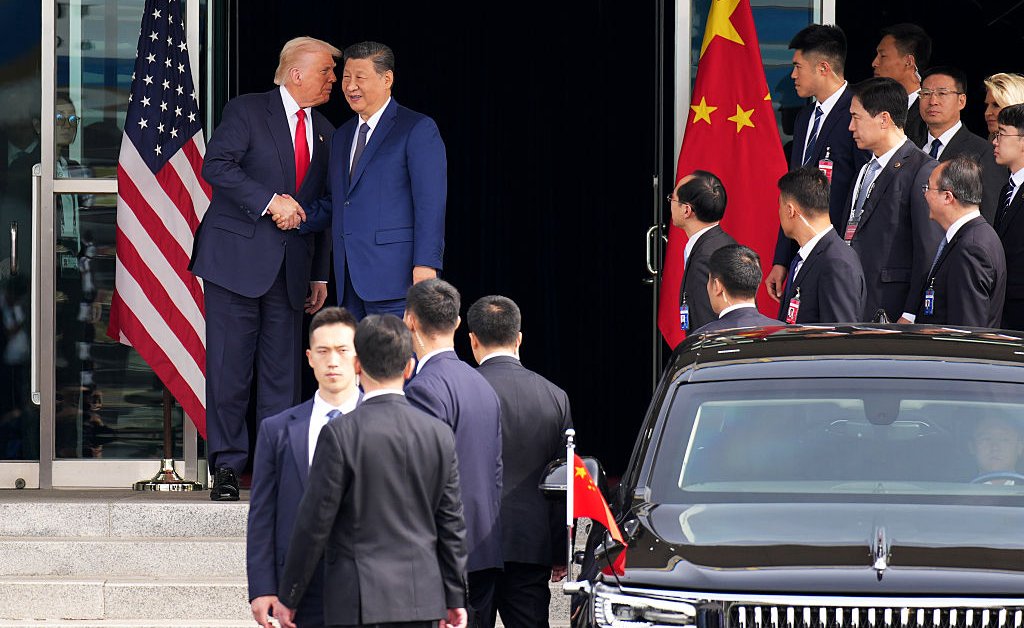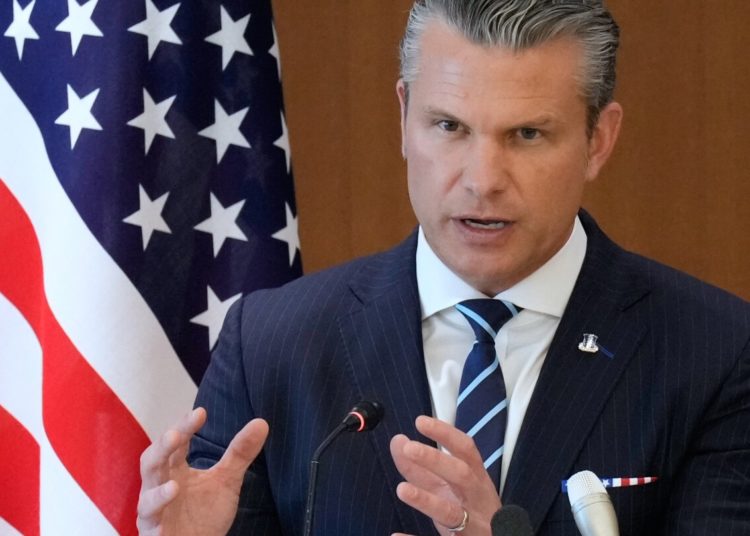A critic of the returning Lord Macartney delegation from Britain to China in 1793 aptly noted that they had been treated with ceremony, entertained royally, and flattered in excess by Qianlong Emperor—and yet returned empty handed. This must rank as one of the earliest examples of the travails of seeking to do business with China.
On Thursday, President Donald Trump did not quite return empty-handed following a hotly anticipated meeting with Chinese leader Xi Jinping. He won promises from Beijing that it will clamp down on fentanyl, and in turn pledged to cut the 20% “fentanyl tariff” on all Chinese goods in half. He also won promises from China to buy 12 million metric tons of American soybeans this year. And he managed to get China to lift export controls on rare earths that had caused panic. But the “big beautiful deal” he has been talking up has yet to be signed.
For the salesman in Trump, it made sense to come away from the meeting and declare on Airforce One that “on a scale from zero to 10 … the meeting was a 12.” The world too needs to be grateful that the two superpowers are talking like adults again, and with a one year trade truce in motion, are starting to take a more pragmatic path. It is also good that Trump has sidelined China hawks, who usually make terrible policy decisions in their perpetual search for a fight.
But the lack of a concrete, overarching deal is still a problem. This is because it shows that China, one of the toughest negotiators in the world, can play this whole process to their time and in their way. The compromises were not, in the end, ones that constituted red lines. Beijing wanted the U.S. to reduce tariffs and to ease trade restrictions. China has also found alternatives to American soybeans it had long purchased in mass and has made huge efforts to ramp up its technological capabilities—a commitment which was restated at the Fourth Plenum last week, and will surely be followed through with its army of qualified scientists.
Read More: Why the Trump-Xi Summit May Disappoint
More significant, Beijing has identified a real weakness in the U.S., and one that it will bring it to the negotiating table. Rare earths are something that China used some years ago in a spat with Japan. This time, on a far broader scale, they have instrumentalized what is close to a monopoly on minerals that are not, confusingly, that rare, but are very hard to mine and process. The U.S. has few other places to look, and would need years to increase its own capacity.
That Xi did not meet Trump until this late in his term is also symbolic. It shows that while the U.S. still has massive strengths, it has to calibrate its time and tempo to the Chinese, not set down unilateral demands. Trump’s berating of China earlier this year has also brought rewards to Xi domestically, too. For decades, Chinese nationalists decried the inability of their leadership to stand up to other world powers. But Xi has, to some extent, shown that China can indeed do this.
China might overplay its hand—that remains a real danger. Sitting with colleagues at a think tank in Beijing on Monday, I was struck by the almost nonchalance over the Trump-Xi meeting. The confidence that it would lead to a reasonable outcome was palpable. In the end, it proved right.
There are still many ways the trade truce can fall apart. But with a U.S. tariff rate now roughly in line with most of its Asian neighbors, the Chinese today must feel that even the worst outcomes they worried about some months back will not come to pass. And that despite all the earlier hard talk from the White House, Trump offers China an historic opportunity to gain status and strength on the international stage.
The post Trump Stole the Limelight. But Xi Came Out Looking Stronger appeared first on TIME.




